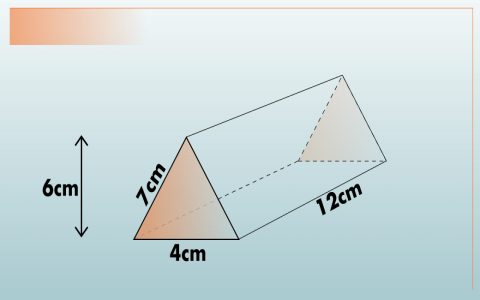Counting triangles in complex figures requires systematic approaches. These four visual methods eliminate guesswork:
Method 1: Subdivision & Systematic Counting
- Identify Unit Shapes: Break the figure into the smallest, undivided triangles.
- Progressively Combine: Count combinations of increasing size: single units, then pairs, triplets, etc.
- Track Combinations: Note when smaller units form larger triangles. Sum all valid sizes.
Method 2: Point Labeling & Combination
- Label All Vertices: Assign letters (A, B, C...) to every intersection point in the figure.
- Identify Valid Sets: Determine which unique sets of three labeled points form triangles.
- Check Collinearity: Exclude sets where points lie on a straight line (do not form a triangle).
Method 3: Layered Counting
- Divide Figure into Layers: Identify distinct horizontal, vertical, or diagonal levels within the shape.
- Count Per Layer: Calculate triangles entirely within each single layer.
- Count Cross-Layer: Identify and sum triangles spanning across multiple adjacent layers.
Method 4: Pattern Recognition & Symmetry
- Exploit Symmetry: If the figure is symmetrical, count triangles in one symmetric section.
- Multiply Carefully: Multiply that count by the number of sections, but account for center triangles not duplicated by symmetry.
- Identify Repeating Units: Find the smallest repeating triangle cluster. Count clusters, then multiply by the triangles per cluster.
Critical Practice: Always verify your final count using at least two different methods to ensure accuracy against overlapping or nested triangles.












